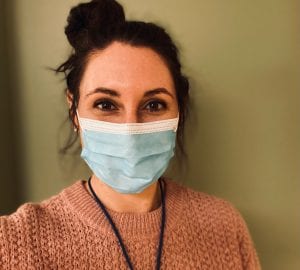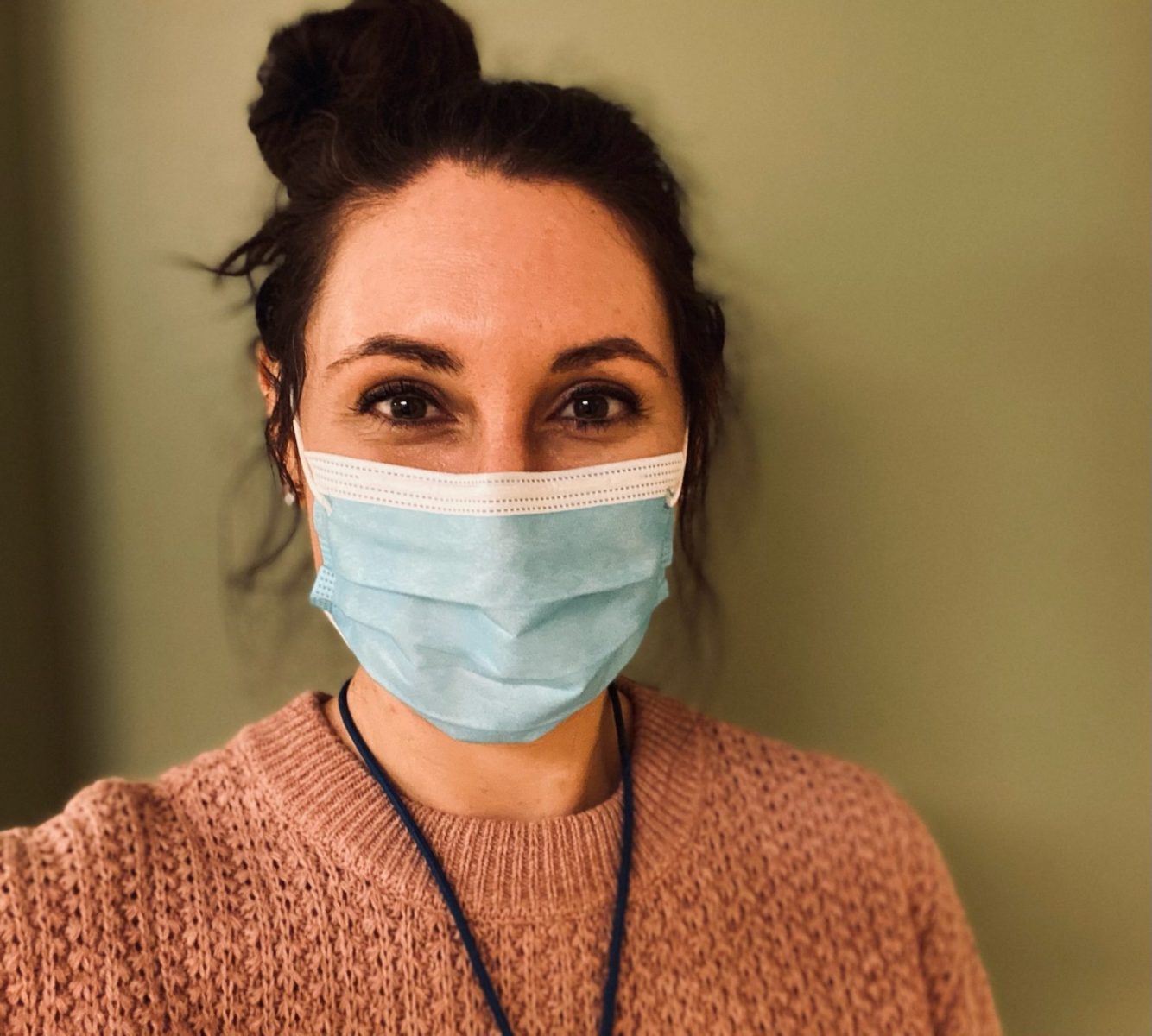
ELIANA LAKRITZ
My name is Eliana Lakritz. I am a full-time registered dietitian (RD) at Baystate Noble Hospital. I completed my Bachelor’s degree in Neuroscience at Union College in Schenectady, NY and completed my Master’s and Dietetic Internship at Framingham State University. I also obtained a specialty in geriatric nutrition in 2019. While I did not always have dietetics in my sights growing up, I developed a passion for healthy eating during my college years, which enveloped my appreciation for medicine and biology. Come June 2021, I will have worked at Baystate Noble Hospital for six wonderful years. Overall, I appreciate how supportive and passionate the staff is here. I am grateful to be a part of the close-knit team that working in a community hospital lends itself to.
As a clinical RD, I assess the nutrition status of and provide medical nutrition therapy to patients at “nutritional risk,” which includes individuals that are underweight, have lost weight unintentionally, and/or are diagnosed with health conditions that put them at risk such as pressure ulcers, heart failure, irritable bowel disease, new diabetes, and head and neck cancer to name a few. I also see outpatients that are referred to me by their providers for counseling. Among them are many cardiac patients, both inpatient and outpatient, with unique dietary needs. I educate them on heart healthy eating principles and then together, we come up with ideas to eat in a heart healthy way that is practical yet effective.
Q&A:
1) How many milligrams (mg) of sodium daily is best for me?
The American Heart Association and the Center for Disease Control recommend that Americans consume no more than 2,300 mg of sodium (1 teaspoon) per day. Individuals with hypertension, heart failure or other conditions that require sodium restrictions may need to further limit their sodium intake to 1500-2,000 mg or less as specified by their doctor.
2) How do I know if a food is low in sodium?
It’s important to read the nutrition fact label to identify how much sodium is in one serving of a food. Often one serving may be less than you eat in one sitting; compare what the servings size is to what you actually eat, so that you are aware of how much sodium you’re actually consuming. A food low in sodium should have 140 milligrams or less of per serving. Prepared & convenience foods are often very high in sodium so it’s best to read labels and prepare meals from scratch when possible.
3) Does cholesterol in food raise blood cholesterol?
Cholesterol is a substance found in our body’s cells and in the foods we eat. Some cholesterol is necessary for healthy cell function. In excess, cholesterol forms a plaque that can stick to your arteries and ultimately block them, which can lead to stroke or heart disease. Dietary cholesterol was implicated for years as the culprit for raising blood cholesterol and causing cardiovascular disease. However, extensive research on this did not support the link. The recommendation to limit cholesterol to 300mg daily has since been removed from the 2015-2020 Dietary Guidelines for Americans. Instead, higher intakes of saturated fat have been found to elevate LDL cholesterol (“bad” cholesterol). Replacing foods high in saturated fats with those high in unsaturated fats can decrease LDL and total cholesterol.
4) What are “good” fats and “bad” fats?
“Good” fat refers to unsaturated fats (both monounsaturated and polyunsaturated) that are found in many common foods. Some examples include olive oil, avocado, nuts, seeds, and fatty fish. “Bad” fat refers to saturated fats, which can be found in foods such as fast food, marbled beef/pork, baked goods, butter, snack foods such as chips, and full-fat dairy.
5) What role does fiber play in heart health?
Fiber can be found in whole grains, fruits, vegetables, beans and lentils and is very important for heart health. Fiber, especially the soluble type, helps to lower LDL cholesterol by forming a gel-like substance that binds to cholesterol and excretes it from the body. Adult women should try to consume 25 g of dietary fiber while men should try to consume 38g daily. Good ways to increase fiber are to have oatmeal a few times per week, add berries to cereal, include ½ plate of vegetables with dinner, and incorporate beans/lentils onto a salad or soup.








